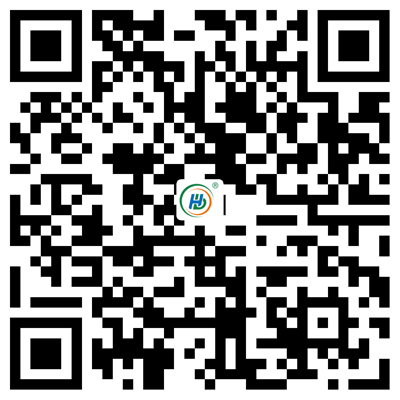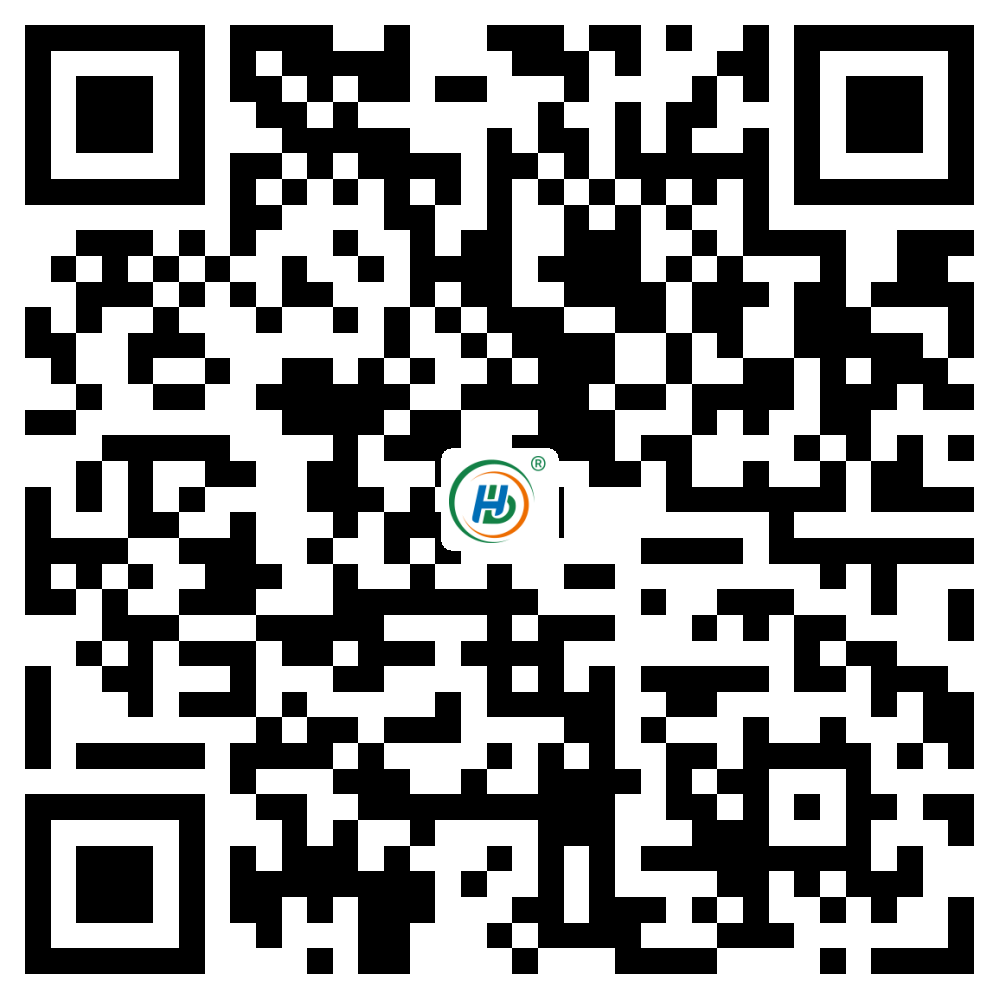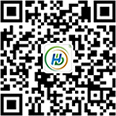上海劲马实验设备有限公司作者
女人天天干夜夜爽视频 人干细胞因子受体(SCFR)ELISA Kit
| 资料类型 | pdf文件 | 资料大小 | 497641 |
| 下载次数 | 120 | 资料图片 | 【点击查看】 |
| 上 传 人 | 上海劲马实验设备有限公司 | 需要积分 | 0 |
| 关 键 词 | 女人天天干夜夜爽视频 人干细胞因子受体(SCFR)ELISA Kit,人SCFR试剂盒,人干细胞因子受体试剂盒,人SCFR | ||
- 【资料简介】
-
上海劲马实验设备有限公司专业供应各种属elisa试剂盒,提供免费代测服务,保证实验结果客观真实性。我公司对试剂盒质量100%保证,若存在质量问题,我们无条件包退换。若需要了解试剂盒的详细信息,请来的咨询:
:业务: 何
R&D Systems提供种类齐全的完整ELISA试剂盒。为确保高优品质及重复性,所有试剂盒均经过极其严格的质量检验。为检测胞内和胞外蛋白,试剂盒使用了多种检测手段,包括比色法、荧光法和化学发光法等。规格:48次/96次 价格:1600/2600
ReagentQuantity Per PlateContainerReconstitutionDilution96-Well Microplate or Strips Coated w/ Capture Antibody12 x 8 Strips---Biotin-Conjugated Detection AntibodyLyophilizedYellow67 µl H2OUse Detection Antibody DiluentReady-to-Use Avidin-HRP Conjugate Solution11 mlClear--Cytokine Protein StandardLyophilized (15 ng)Red100 µl H 2 OUse Protein Standard DiluentReady-to-Use Substrate11 mlBrown--Stop Solution11 mlClear--Adhesive Plate Sealers4 Sheets---Wash Buffer (10X)50 mlClear-Dilute to 1X Using Pure H2OProtein Standard Diluent11 mlClear--Detection Antibody Diluent11 mlClear--ConditionComponentStorage InformationStorage TimeSealed, Unopened Assay Kit-2-8°C1 monthReconstituted, Opened Assay Kit96-Well Microplate (Capture Antibody Coated)2-8°C1 monthDetection AntibodyReady-to-Use Avidin-HRP Conjugate SolutionCytokine Protein StandardReady-to-Use SubstrateStop SolutionWash Buffer (10X)Protein Standard DiluentDetection Antibody DiluentPlate SealersHuman SCFR Standard CurveConcentration (pg/ml)Average OD 450nm20002.2510001.750012500.571250.3462.50.1831.250.093INTRODUCTIONSCF-R/c-kit, also known as KIT, is a tyrosine-protein kinase that acts as cell-surface receptor for the cytokine KITLG/SCF and plays an essential role in the regulation of cell survival and proliferation, hematopoiesis, stem cell maintenance, gametogenesis, mast cell development, migration and function, and in melanogenesis. In response to KITLG/SCF binding, KIT can activate several signaling pathways. KIT phosphorylates PIK3R1, PLCG1, SH2B2/APS and CBL. KIT also activates the AKT1 signaling pathway by phosphorylation of PIK3R1, the regulatory subunit of phosphatidylinositol 3-kinase. Activated KIT also transmits signals via GRB2 and activation of RAS, RAF1 and the MAP kinases MAPK1/ERK2 and/or MAPK3/ERK1. The protein promotes activation of STAT family members STAT1, STAT3, STAT and STAT5B. Activation of PLCG1 leads to the production of the cellular signaling molecules diacylglycerol and inositol-1,4,5-trisphosphate. KIT signaling is modulated by protein phosphatases, and by rapid internalization and degradation of the receptor. Activated KIT promotes phosphorylation of the protein phosphatases PTPN6/SHP-1 and PTPRU, and of the transcription factors STAT1, STAT3, STAT and STAT5B. KIT promotes phosphorylation of PIK3R1, CBL, CRK (isoform Crk-II), LYN, MAPK1/ERK2 and/or MAPK3/ERK1, PLCG1, SRC and SHC1. C-kit is present in an inactive conformation in the absence of bound ligand. KITLG/SCF binding leads to dimerization and activation by auto-phosphorylation on tyrosine residues. Activity is down-regulated by PRKCA-mediated phosphorylation on serine residues. SCF R/c-kit is inhibited by imatinib/STI-571 and sunitinib; these compounds maintain the kinase in an inactive conformation. In the absence of bound KITLG/SCF, KIT is a monomer and is a homodimer in the presence of bound KITLG/SCF, forming a heterotetramer with two KITLG/SCF molecules. KIT interacts (via phosphorylated tyrosine residues) with the adapter proteins GRB2 and GRB7 (via SH2 domain), and SH2B2/APS. Interacts (via C-terminus) with MPDZ (via the tenth PDZ domain). KIT also interacts (via phosphorylated tyrosine residues) with PIK3R1 and PIK3CD. Interacts (via phosphorylated tyrosine) with CRK (isoform Crk-II), FYN, SHC1 and MATK/CHK (via SH2 domain). Additionally, KIT interacts with LYN and FES/FPS. SCF R/c-kit also interacts (via phosphorylated tyrosine residues) with the protein phosphatases PTPN6/SHP-1 (via SH2 domain), PTPN11/SHP-2 (via SH2 domain) and PTPRU. Furthermore, KIT interacts with PLCG1. Isoform 1 and isoform 2 are detected in spermatogonia and Leydig cells. Isoform 3 is detected in round spermatids, elongating spermatids and spermatozoa (at protein level). KIT is widely expressed and detected in the hematopoietic system, the gastrointestinal system, in melanocytes and in germ cells. KIT is up-regulated by cis-retinoic acid in neuroblastoma cell lines and ubiquitinated by SOCS6. KIT is rapidly ubiquitinated after auto-phosphorylation induced by KITLG/SCF binding, leading to internalization and degradation. KITLG/SCF binding enhances auto-phosphorylation. Isoform 1 shows low levels of tyrosine phosphorylation in the absence of added KITLG/SCF (in vitro). Kinase activity is down-regulated by phosphorylation on serine residues by protein kinase C family members. Phosphorylation at Tyr-568 is required for interaction with PTPN11/SHP-2, CRK (isoform Crk-II) and members of the SRC tyrosine-protein kinase family. Phosphorylation at Tyr-570 is required for interaction with PTPN6/SHP-1. Phosphorylation at Tyr-703, Tyr-823 and Tyr-936 is also important for interaction with GRB2. Phosphorylation at Tyr-721 is similarly important for interaction with PIK3R1. Phosphorylation at Tyr-823 and Tyr-936 is vital for interaction with GRB7. Defects in KIT can lead to a variety of diseases, which include, but are not limited, to the following: Piebald trait (PBT), gastrointestinal stromal tumor (GIST), testicular tumors, acute myelogenous leukemia. Numerous proteins are phosphorylated in response to KIT signaling, but it is not evident to determine which are directly phosphorylated by KIT under in vivo conditions.Source: Entrez Gene; Swiss-ProtASSAY PRINCIPLESThe OmniKine™ Human SCFR ELISA Kit contains the components necessary for quantitative determination of natural or recombinant hSCFR concentrations within any experimental sample including cell lysates, serum and plasma. This particular immunoassay utilizes the quantitative technique of a “Sandwich” Enzyme-Linked Immunosorbent Assay (ELISA) where the target protein (antigen) is bound in a “sandwich” format by the primary capture antibodies coated to each well-bottom and the secondary detection antibodies added subsequently by the investigator. The capture antibodies coated to the bottom of each well are specific for a particular epitope on the Human SCFR cytokine while the user-added detection antibodies bind to epitopes on the captured target protein. Amid each step of the procedure, aseries of wash steps must be performed to ensure the elimination of non-specific binding between proteins to other proteins or to the solid phase. After incubation and “sandwiching” of the target antigen, a peroxidase enzyme is conjugated to the constant heavy chain of the secondary antibody (either covalently or via Avidin/Streptavidin-Biotin interactions), allowing for a colorimetric reaction to ensue upon substrate addition. When the substrate TMB (3, 3’, 5, 5’-Tetramethylbenzidine) is added, the reaction catalyzed by peroxidase yields a blue color that is representative of the antigen concentration. Upon sufficient color development, the reaction can be terminated through addition of Stop Solution (2 N Sulfuric Acid) where the color of the solution will turn yellow. The absorbance of each well can then be read by a spectrophotometer, allowing for generation of a standard curve and subsequent determination of protein concentration.ASSAY RESTRICTIONS? This ELISA kit is intended for research purposes only, NOT diagnostic or clinical procedures of any kind.? Materials included in this kit should NOT be used past the expiration date on the kit label.? Reagents or substrates included in this kit should NOT be mixed or substituted with reagents or substrates from any other kits.? Variations in pipetting technique, washing technique, operator laboratory technique, kit age, incubation time or temperature may cause differences in binding affinity of the materials provided.? The assay is designed to eliminate interference and background by other cellular macromolecules or factors present within any biological samples. However, the possibility of background noise cannot be fully excluded until all factors have been tested using the assay kit.
2024世环会【工业节能与环保展】

div6月3日,2024世环会【工业节能与环保展】于上海丨国家会展中[详细]
- 第4届中国环博会成都展
- 2023世环会【工业节能与环保展】
- 浙江永发机电有限公司
- 改善水生态,循环水资源——杭州天创环境
上一篇:光学平台 型号:GPT2
下一篇:bj 风力驱鸟器 型号:2202
- 凡本网注明"来源:环保在线"的所有作品,版权均属于环保在线,转载请必须注明环保在线,http://gsrxyx.com。违反者本网将追究相关法律责任。
- 企业发布的公司新闻、技术文章、资料下载等内容,如涉及侵权、违规遭投诉的,一律由发布企业自行承担责任,本网有权删除内容并追溯责任。
- 本网转载并注明自其它来源的作品,目的在于传递更多信息,并不代表本网赞同其观点或证实其内容的真实性,不承担此类作品侵权行为的直接责任及连带责任。其他媒体、网站或个人从本网转载时,必须保留本网注明的作品来源,并自负版权等法律责任。
- 如涉及作品内容、版权等问题,请在作品发表之日起一周内与本网联系,否则视为放弃相关权利。
 本站客户服务号
本站客户服务号
 环保在线官微
环保在线官微
 环保在线手机版
环保在线手机版
 环保在线APP
环保在线APP
 环保在线小程序
环保在线小程序



 环保在线APP
环保在线APP
 环保在线小程序
环保在线小程序
 微信公众号
微信公众号




